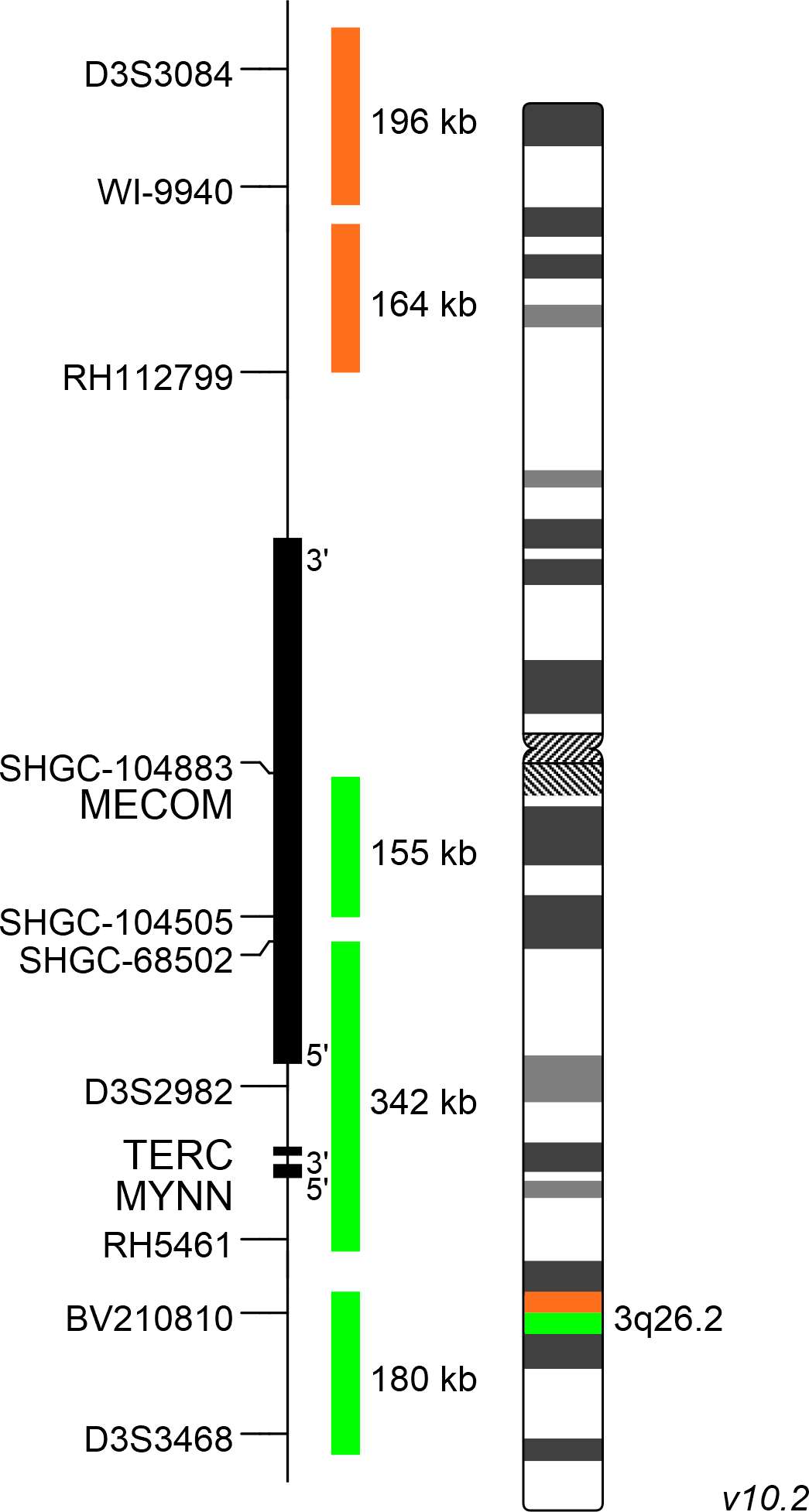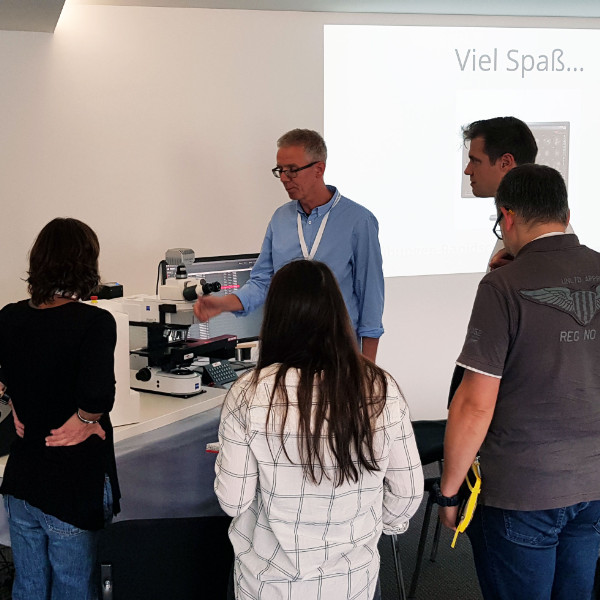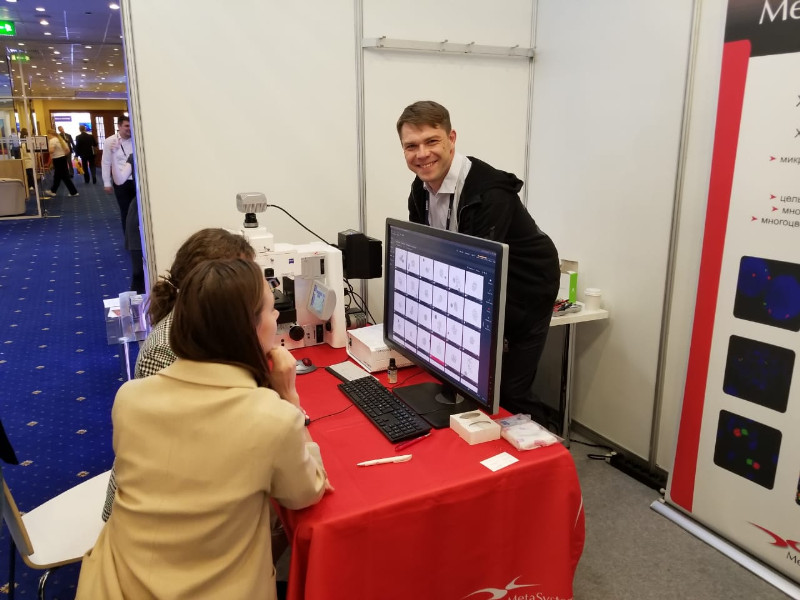About 100 guests from 36 countries met on the XVIII. MetaSystems Distributor Meeting (DM) in November to exchange experiences and to get to know new trends and developments at MetaSystems.

Our internet site may contain information that is not approved in all countries or regions. To ensure accuracy of content, please select your country/region of residence. Choose International if your country is not listed.
This information will be saved using cookies. To find out more about cookies, read our Privacy Policy.
Please select your country of residence. Choose International if your country is not listed.
Our internet site may contain information that is not approved in all countries or regions. To ensure accuracy of content, it is required that you select the site which is appropriate for your country of residence.
This probe is IVDR-certified in compliance with the Regulation (EU) 2017/746 on in vitro diagnostic medical devices (IVDR).
MetaSystems Probes has already certified a large part of its portfolio, according to IVDR. For organizational reasons, we currently provide only the IVDD product.

XL MECOM 3q26 consists of an orange-labeled probe hybridizing proximal to the MECOM gene region at 3q26.2 and a green-labeled probe hybridizing distal to the MECOM gene region also spanning a distal part of the gene region at 3q26.2.
Probe maps are created in accordance with the intended purpose of the product. Solid colored bars do not necessarily indicate that the probe fully covers the indicated genomic region. Therefore, caution is advised when interpreting results generated through off-label use. Probe map details based on UCSC Genome Browser GRCh37/hg19. Map components not to scale. Further information is available on request.
Myelodysplastic syndromes and myeloproliferative disorders are associated with deregulated production of myeloid cells. According to WHO classification (2008), cytogenetic aberrations are observed in about 50% of MDS cases. The most common aberrations are 5q-, 7/7q-, trisomy 8, del(20q), and inv(3) or t(3;3).
Chromosomal translocations involving the EVI1 locus are a recurrent finding in myeloid leukemia and are associated with poor prognosis. Two common recurrent rearrangements affect the 3q26 locus. One is the inv(3)(q21q26) and the translocation t(3;3)(q21;q26), in which EVI1 overexpression is caused by juxtaposition of the EVI1 gene to enhancer elements of the Ribophorin gene at 3q21. EVI1 activation is also observed in the translocations t(3;12)(q26;p13) and t(3;21)(q26;q22) and is due to generation of the fusion genes ETV6/EVI1 and RUNX1/EVI1, respectively.

Normal Cell:
Two green-orange colocalization/fusion signals (2GO).

Aberrant Cell (typical results):
One green-orange colocalization/fusion signal (1GO), one separate green (1G) and orange (1O) signal each resulting from a chromosome break in the respective locus.

Aberrant Cell (typical results):
Two green-orange colocalization/fusion signals (2GO) and one separate usually small green (1G) signal indicating a variant chromosome break at a more distal region of the locus covered by the green probe.
Neon, the outstanding MetaSystems case and image management system, offers many tools and helpful gadgets to streamline routine workflows, for example in cytogenetics labs. The second MetaSystems User Day, addressed to MetaSystems clients from Germany, Austria, and Switzerland, provided in different workshops knowledge helping to unleash the full power of the system.

The Congress 'Genetics of XXI Century' in Moscow, Russia (May 2019) has been one of the most important events for the professional international community of geneticists. Our partner company in Russia OOO MetaSystems considered it a good occasion to present the new camera CoolCube 4 connected to a state-of-the-art Neon system to the public.
